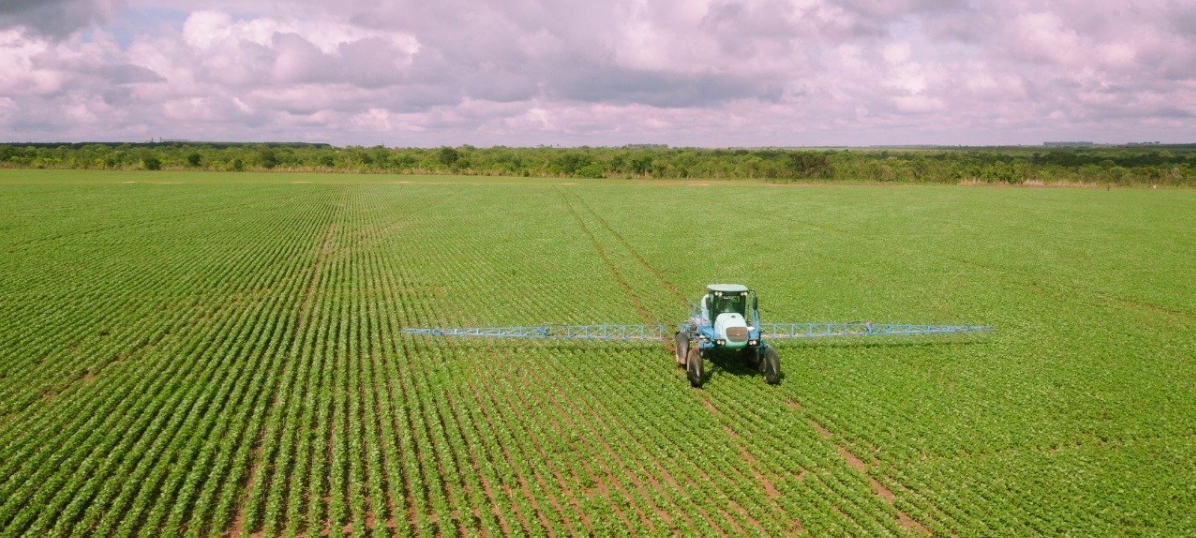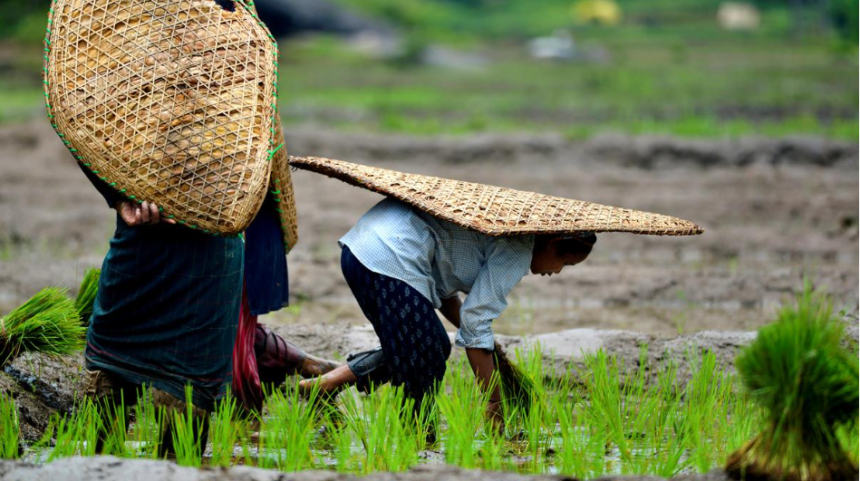1. Introduction: The Intersection of Agriculture and Climate Action
Strengthening the Roots Agriculture sits at the heart of global sustainability challenges, both as a contributor to greenhouse gas (GHG) emissions and as a sector uniquely positioned to mitigate them. An emerging solution is the development of an agri-carbon market, Strengthening the Roots where farmers can receive financial incentives for practices that sequester carbon and reduce emissions. By monetizing sustainable agricultural practices, the agri-carbon market aims to combat climate change while improving the economic well-being of farmers.
2. What Is an Agri-Carbon Market?
An agri-carbon market allows farmers to earn carbon credits for practices that reduce emissions or increase carbon sequestration in soils and vegetation. These credits can then be traded with entities seeking to offset their carbon footprints.
2.1. Key Components of an Agri-Carbon Market
- Carbon Credits: Quantifiable units representing a specific amount of carbon dioxide equivalent (CO₂e) reduced or sequestered.
- Verification and Monitoring: Processes to ensure accuracy and credibility of carbon capture claims.
- Trading Platform: A marketplace for buying and selling carbon credits, Strengthening the Roots involving governments, private companies, and international organizations.
3. Importance of Agri-Carbon Markets
3.1. Combatting Climate Change
- Agriculture accounts for roughly 19–29% of global GHG emissions, making it a critical focus for mitigation efforts.
- Techniques such as cover cropping, conservation tillage, and agroforestry not only enhance productivity but also sequester atmospheric carbon.
3.2. Economic Empowerment for Farmers
- Farmers can diversify their income streams by participating in the carbon market.
- Particularly in developing nations, this model can provide financial support to small-scale farmers while encouraging sustainable practices.
4. Current Challenges in the Agri-Carbon Market
Despite its potential, the agri-carbon market faces several hurdles that need to be addressed to ensure success and fairness:
4.1. Standardization Issues
- Lack of consistent protocols for measuring and verifying carbon sequestration.
- Disparities in methodologies undermine market confidence and participation.
4.2. Farmer Participation
- High costs of certification and monitoring often deter smallholders from entering the market.
- Limited awareness and access to technology further alienate rural farmers.
 For the more information click on this link
For the more information click on this link
4.3. Market Accessibility
- Complexity in trading platforms and limited support restrict effective participation.
- Intermediaries may take a significant share of profits, leaving farmers with lower benefits.
5. Strengthening the Agri-Carbon Market
For the market to flourish, the following strategies need to be prioritized:
5.1. Building Strong Frameworks for Certification
- Simplified protocols for carbon measurement and certification, Strengthening the Rootstailored to regional agricultural practices.
- Government agencies and NGOs can subsidize certification costs to encourage broader participation.
5.2. Encouraging Farmer Education and Support
- Programs to educate farmers about carbon markets and their benefits.
- Development of extension services to guide farmers in implementing sustainable practices.
5.3. Investing in Technology
- Satellite-based monitoring and artificial intelligence can provide cost-effective solutions for carbon measurement.
- Mobile applications tailored for rural farmers can simplify carbon trading processes.
6. Case Studies: Success Stories from Agri-Carbon Markets
6.1. The United States: Advancing Agroforestry
- Farmers planting cover crops and integrating agroforestry into their operations have successfully sold carbon credits to large corporations like Microsoft.
6.2. Australia’s Carbon Farming Initiative (CFI)
- Australia’s government-supported program incentivizes sustainable practices, enabling farmers to sell verified credits within a regulated market.
6.3. India’s Grassroots Projects
- Pilot projects in India encourage smallholder farmers to adopt zero-till farming and agroforestry, Strengthening the Roots tapping into voluntary carbon markets.
7. Policy Support: Driving Growth in Agri-Carbon Markets
Government policies can play a pivotal role in strengthening agri-carbon markets.
7.1. Regulatory Support
- Setting mandatory carbon offset requirements for industries creates demand for agricultural credits.
- Policies promoting organic and regenerative agriculture directly feed into the carbon market ecosystem.
7.2. Public-Private Partnerships
- Collaborative efforts between governments, private companies, Strengthening the Roots and international organizations can share the burden of high initial costs.
- Examples include providing subsidies for adopting sustainable practices or co-developing monitoring technologies.
7.3. Tax Incentives and Grants
- Offering tax breaks and grants for farmers engaged in sustainable agriculture reduces entry barriers to the carbon market.
8. Role of International Cooperation
Carbon markets are global by nature, requiring harmonized international efforts.
8.1. Aligning Standards
- Collaboration through frameworks like the Paris Agreement to develop universal methodologies for measuring carbon sequestration.
8.2. Financial Aid to Developing Countries
- Wealthier nations providing financial support ensures farmers in developing countries can access these markets.
8.3. Balancing Equity
- Mechanisms to ensure fairness in distributing benefits, Strengthening the Roots ensuring smallholder farmers are prioritized over large-scale operations.
9. A Glimpse into the Future: Scaling the Agri-Carbon Market
9.1. Advancements in Soil Health Monitoring
- Research into microbiological processes to maximize carbon capture through agricultural soils.
9.2. Integration of Blockchain
- Transparent and tamper-proof systems for tracking carbon credits, Strengthening the Roots ensuring fair transactions between farmers and buyers.
 For the more information click on this link
For the more information click on this link
9.3. Expanding Carbon Neutral Goals
- Increased commitments by corporations and nations towards carbon neutrality will drive demand for agri-carbon credits.
10. Balancing Benefits and Risks
While promising, the agri-carbon market must navigate potential pitfalls:
- Risk of Greenwashing: Companies using these credits as an excuse to avoid making genuine emission reductions.
- Land-Use Conflicts: Encouraging monoculture plantations solely for carbon sequestration may harm biodiversity.
Striking a balance between these risks and benefits ensures long-term sustainability of the market.
11. Conclusion: Cultivating Sustainability through Agri-Carbon Markets
The development of agri-carbon markets represents a critical intersection of agriculture, economics, and climate action. By aligning the goals of farmers, governments, Strengthening the Roots and private entities, these markets have the potential to revolutionize sustainable agriculture and combat climate change.
Strengthening the roots of agri-carbon markets requires robust policies, Strengthening the Roots farmer empowerment, and technological innovation. As these markets gain momentum, they promise to not only mitigate emissions but also transform the agricultural sector into a key player in achieving a greener and more resilient future. ALSO READ:- Court Grants Interim Bail to Umar Khalid in 2020 Delhi Riots Case, Bars Him from Using Social Media 2024






29305 same day auto glass
same day auto glass 29305
auto glass repair 29305
This hit me with pure positivity — THANK YOU!
The level of insight in this post is outstanding.